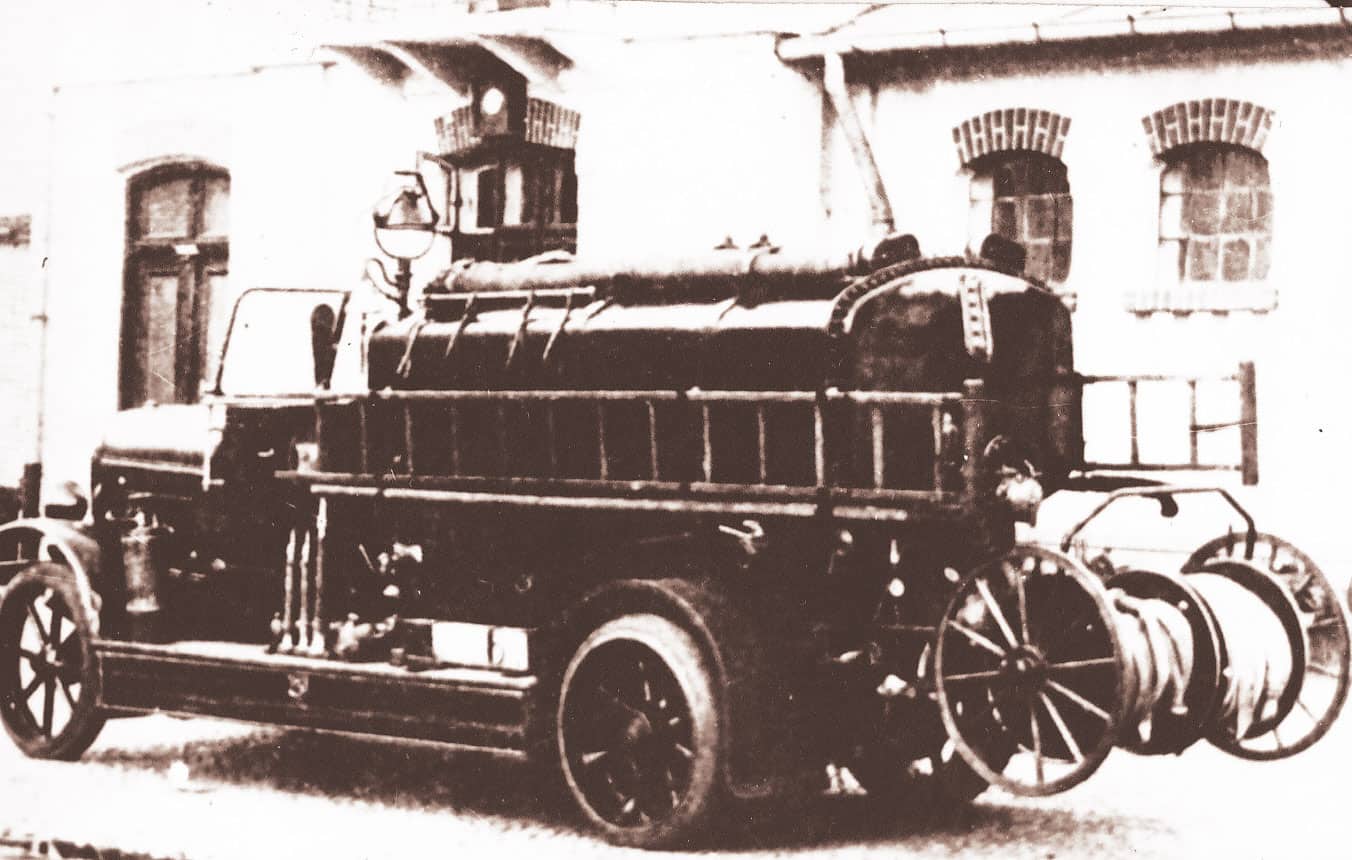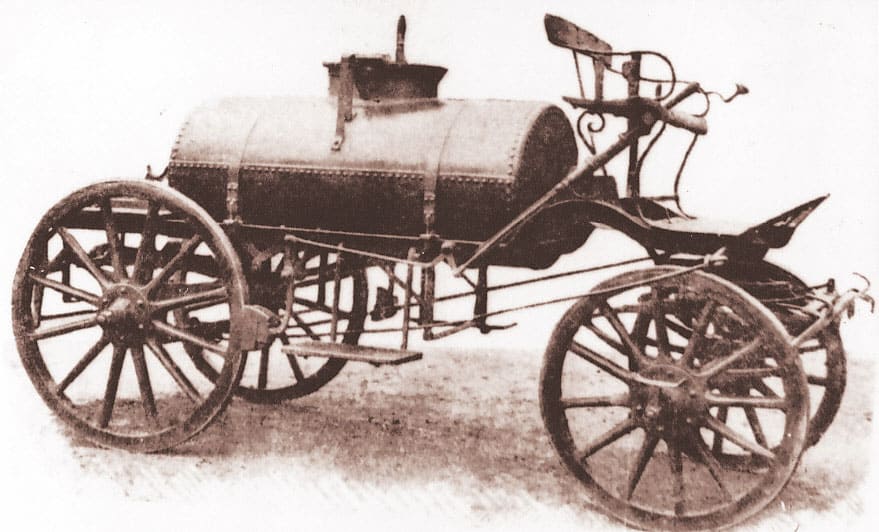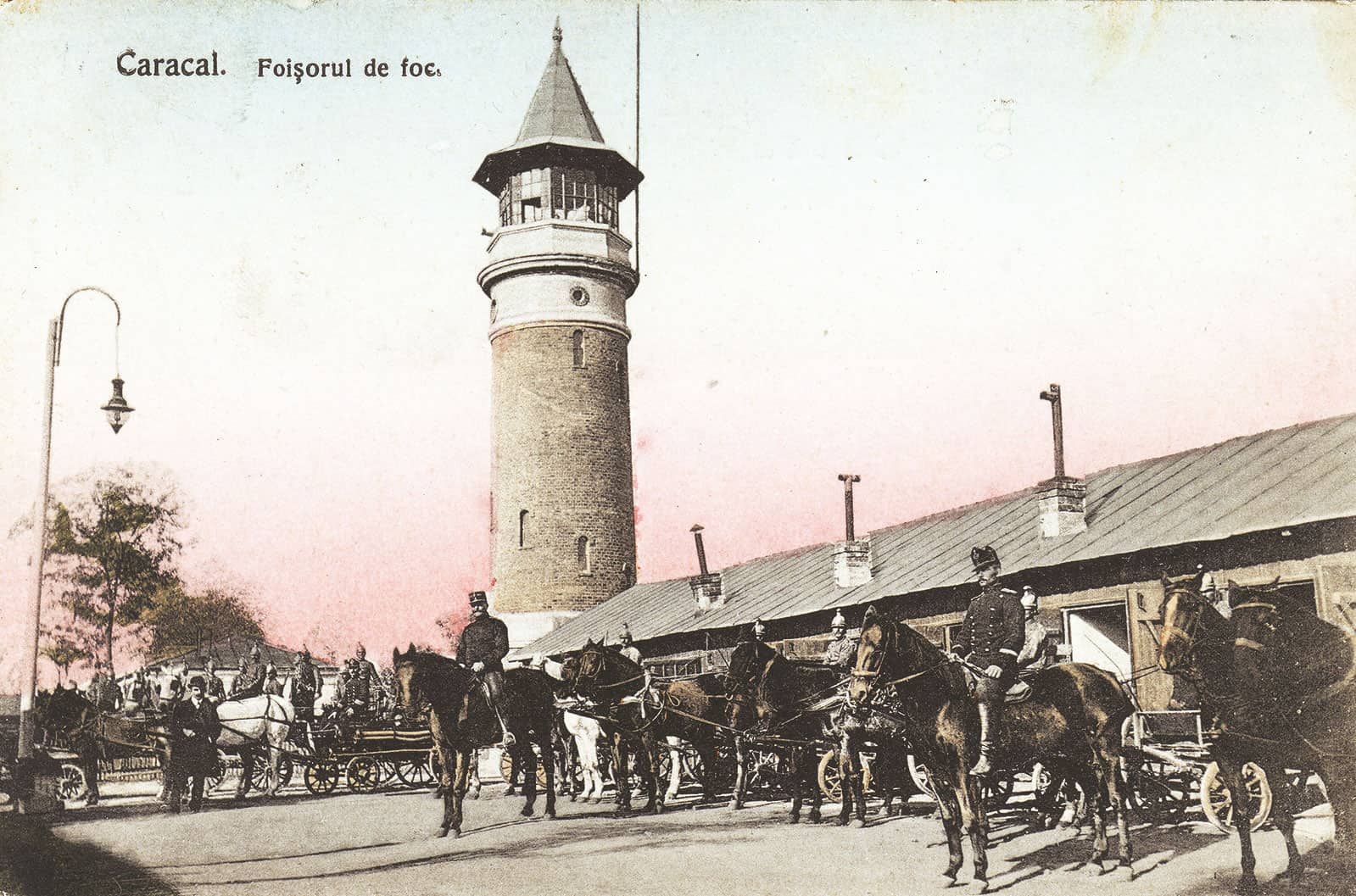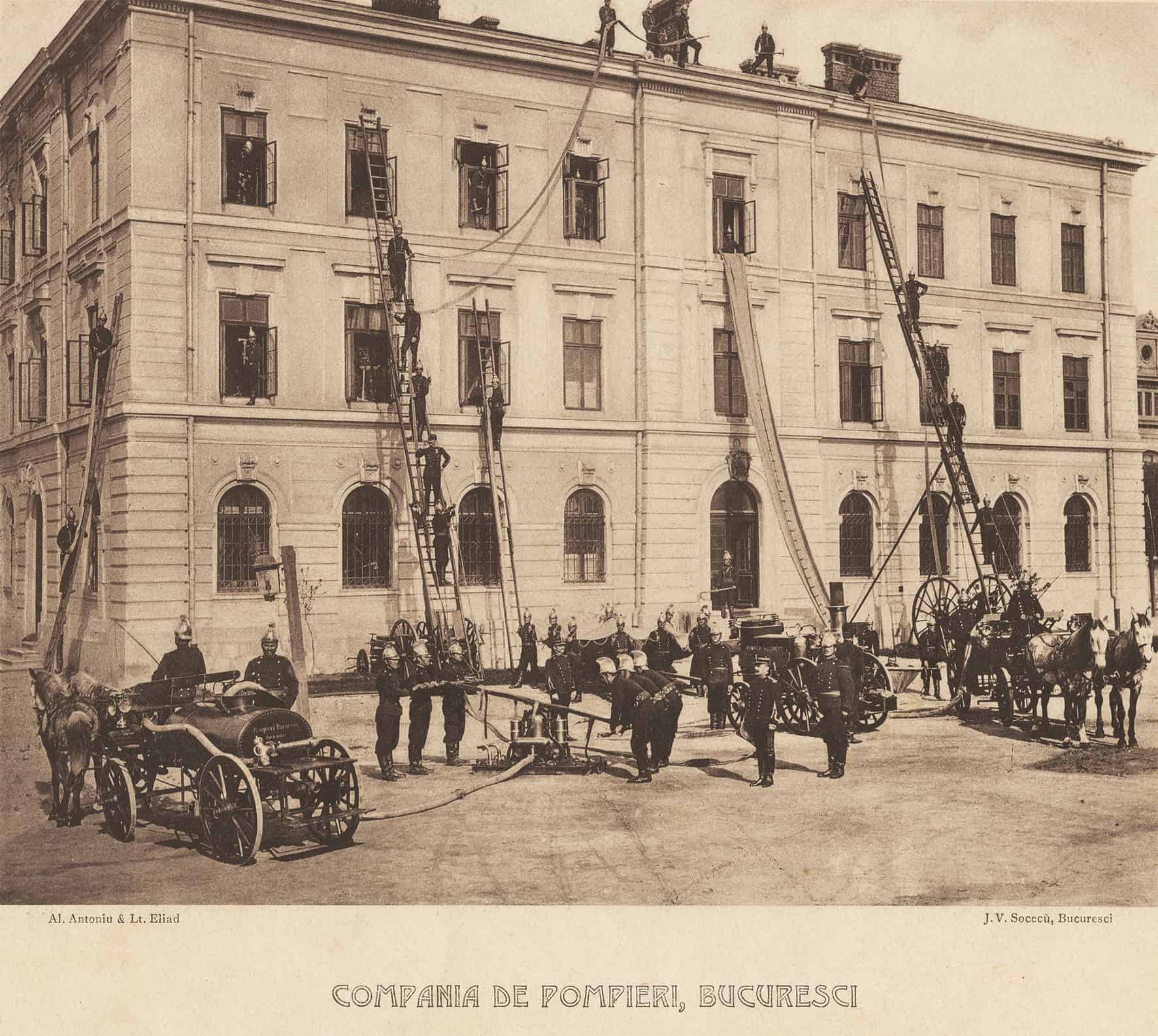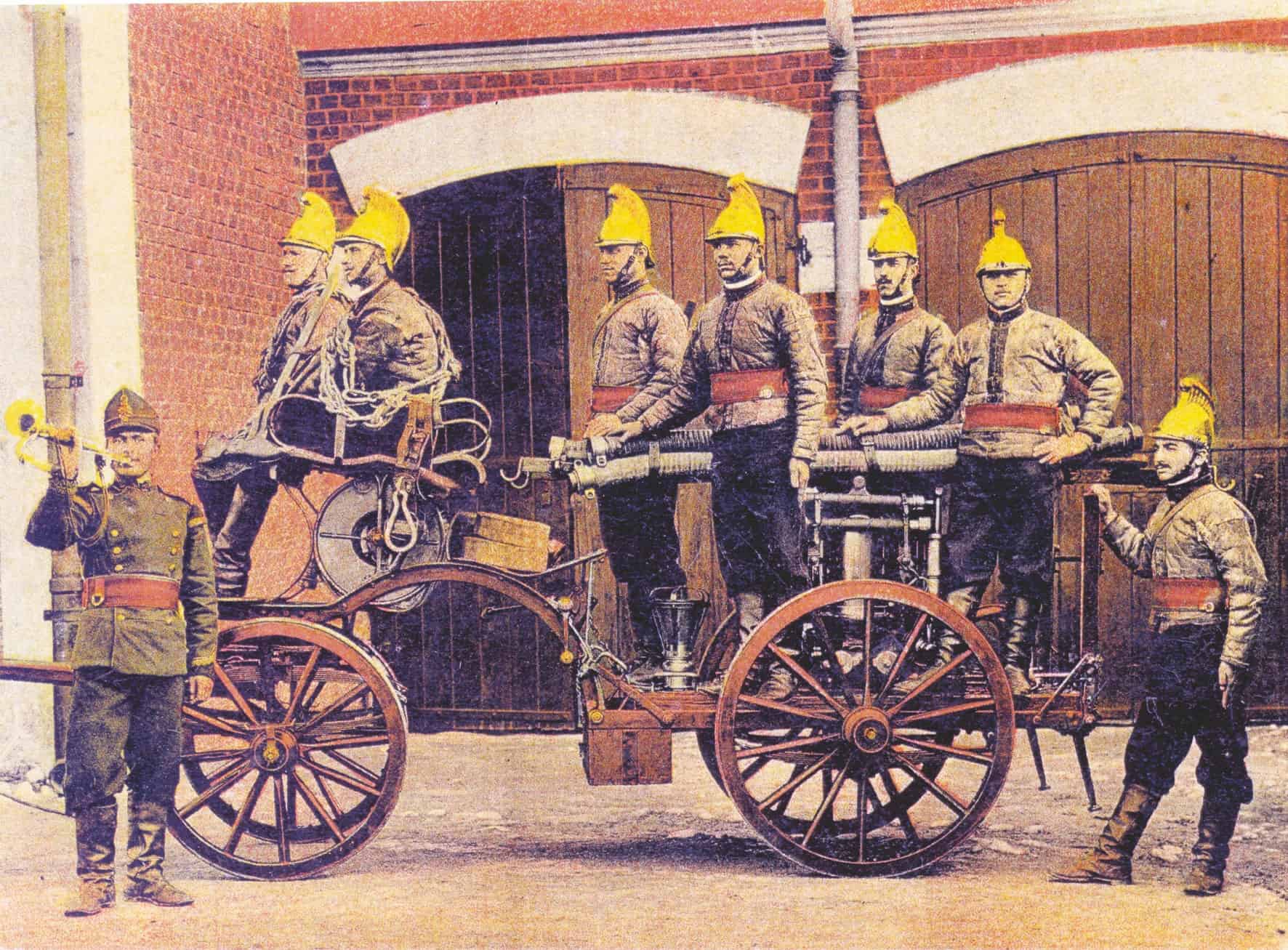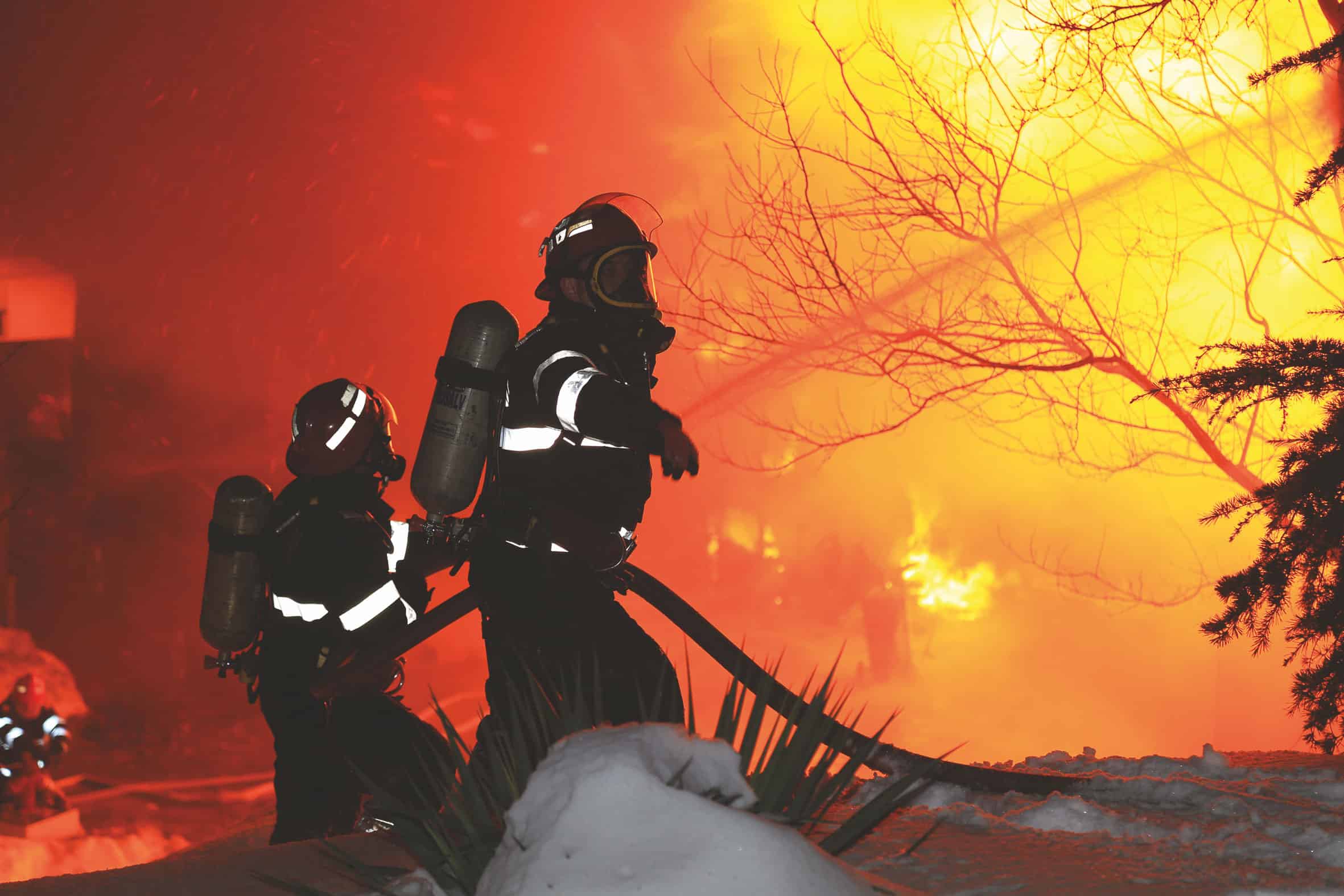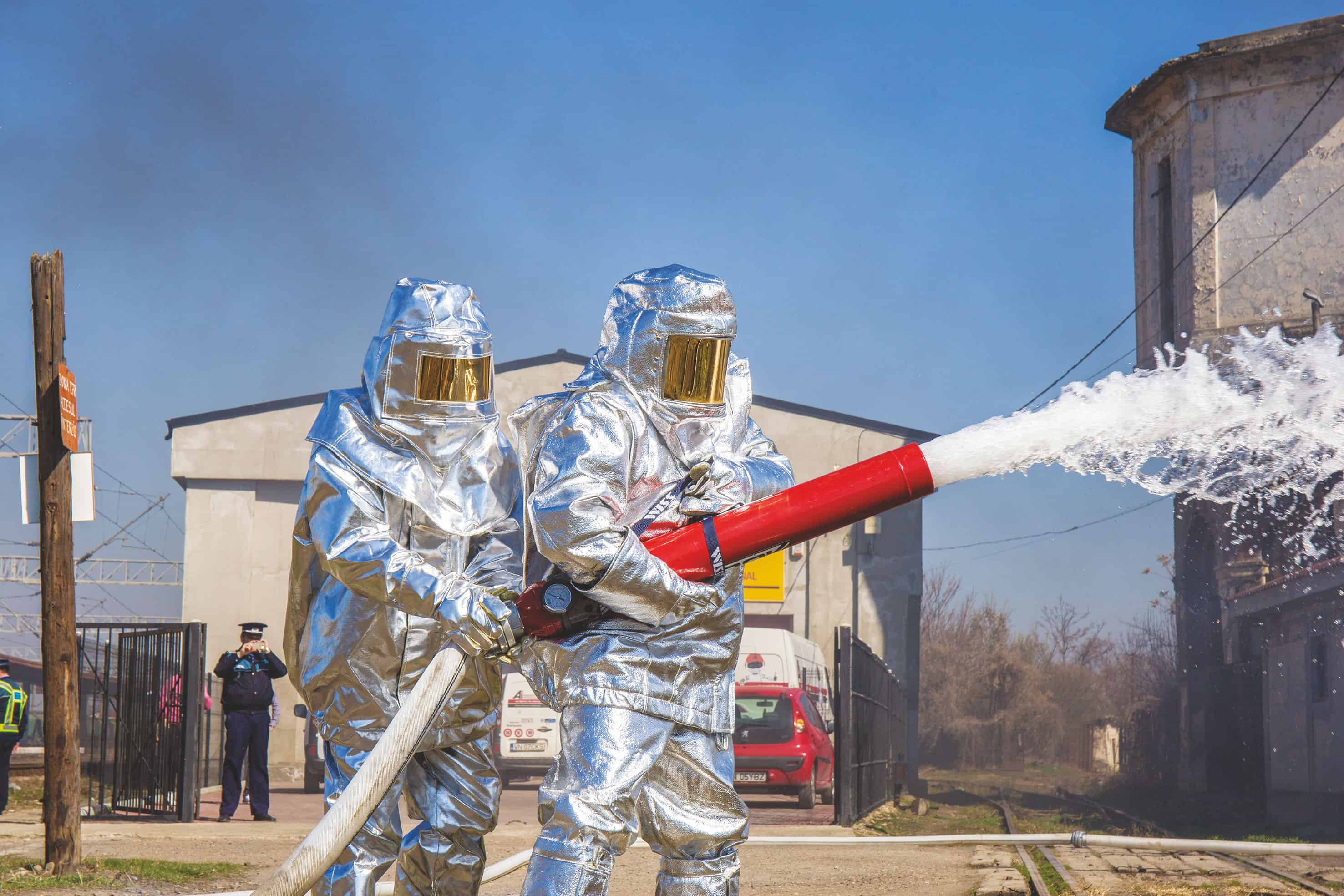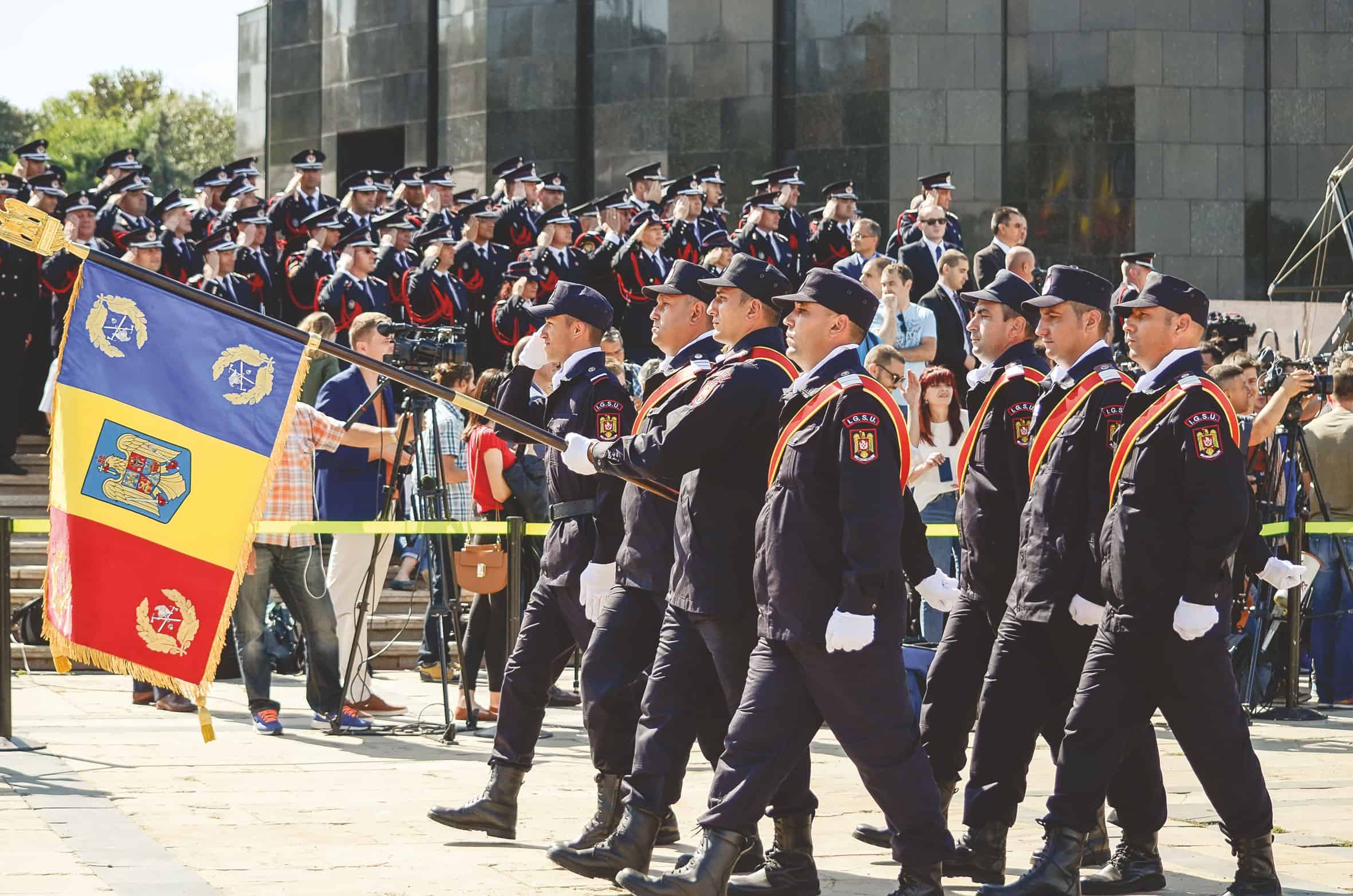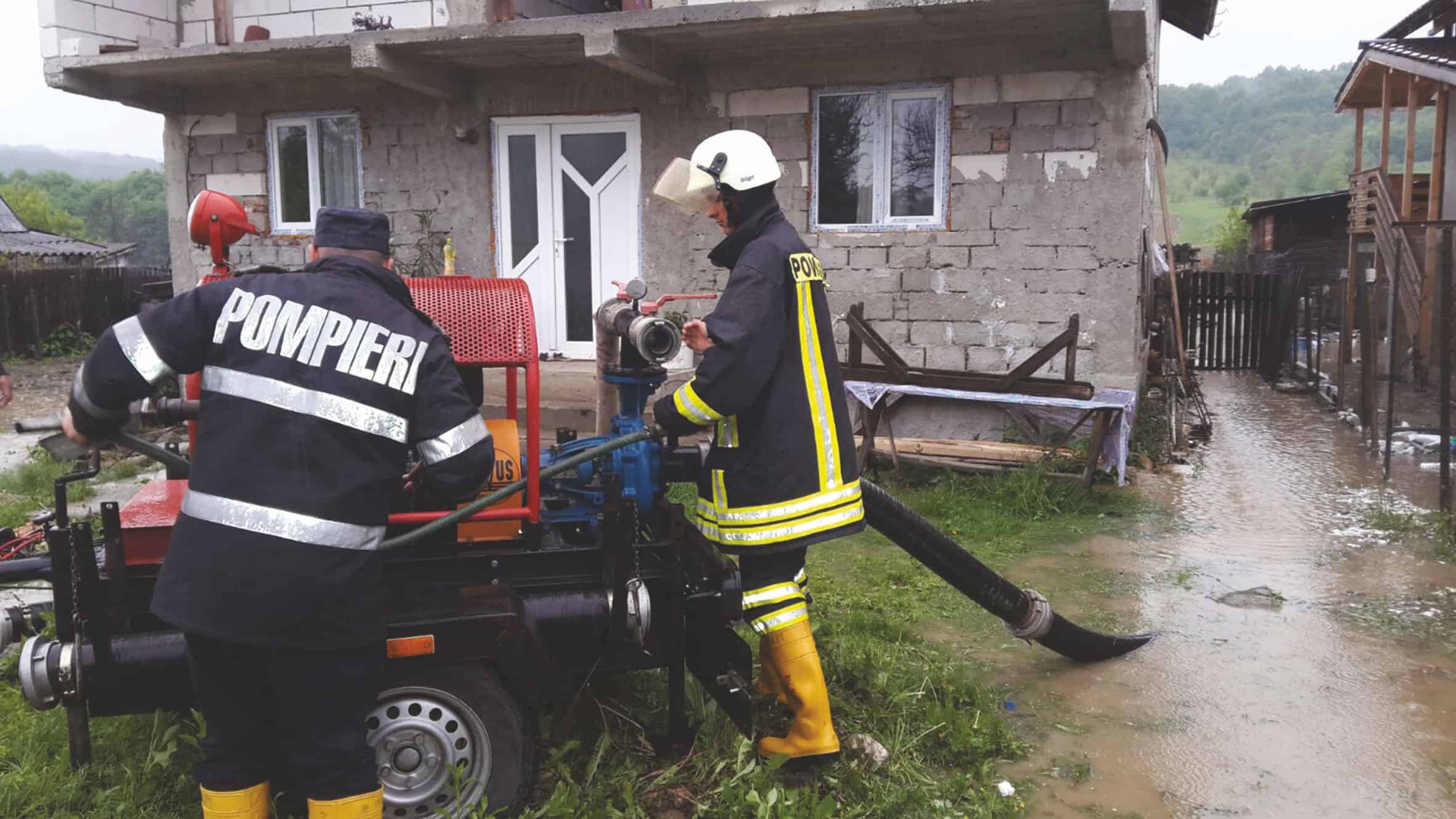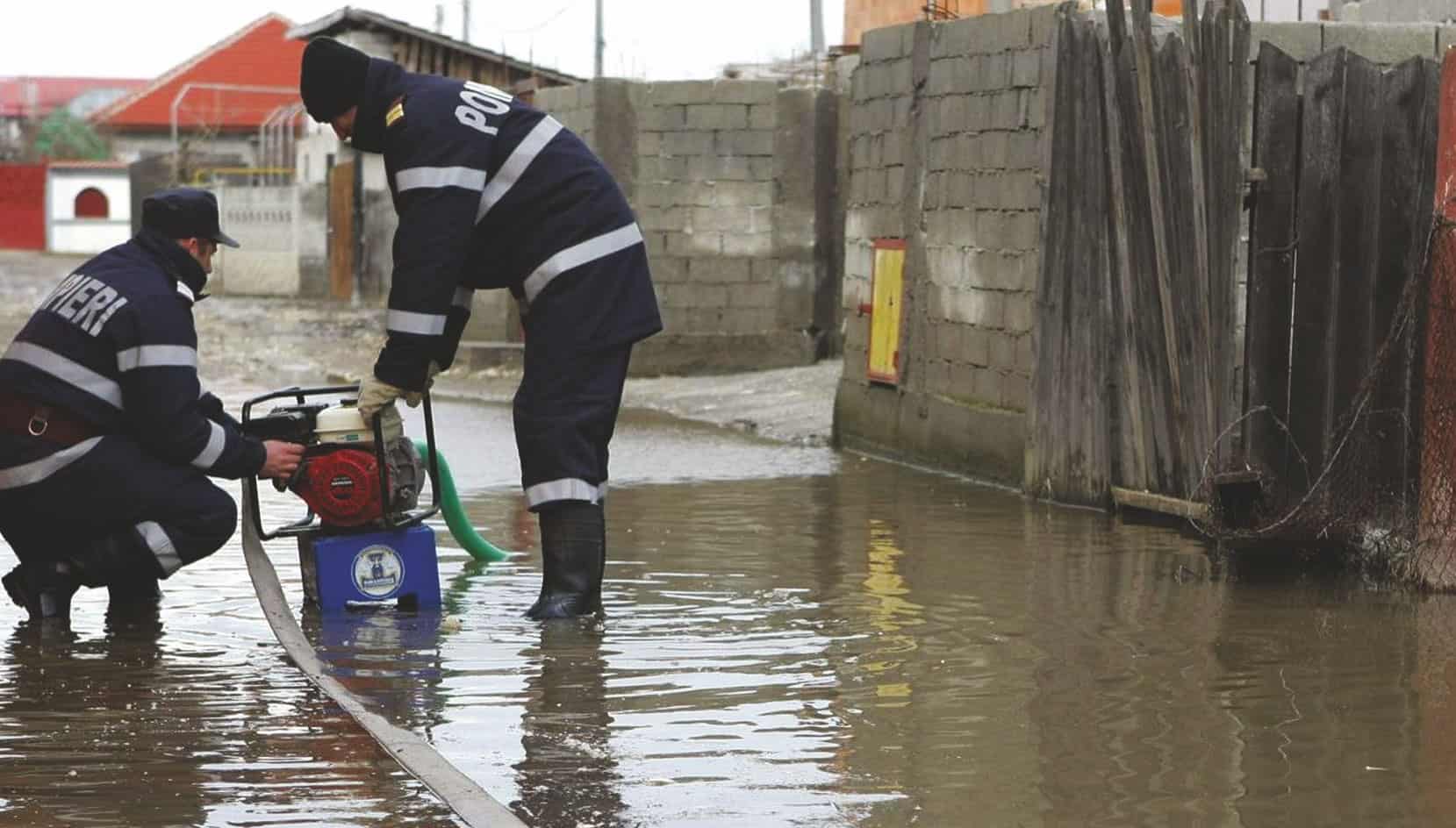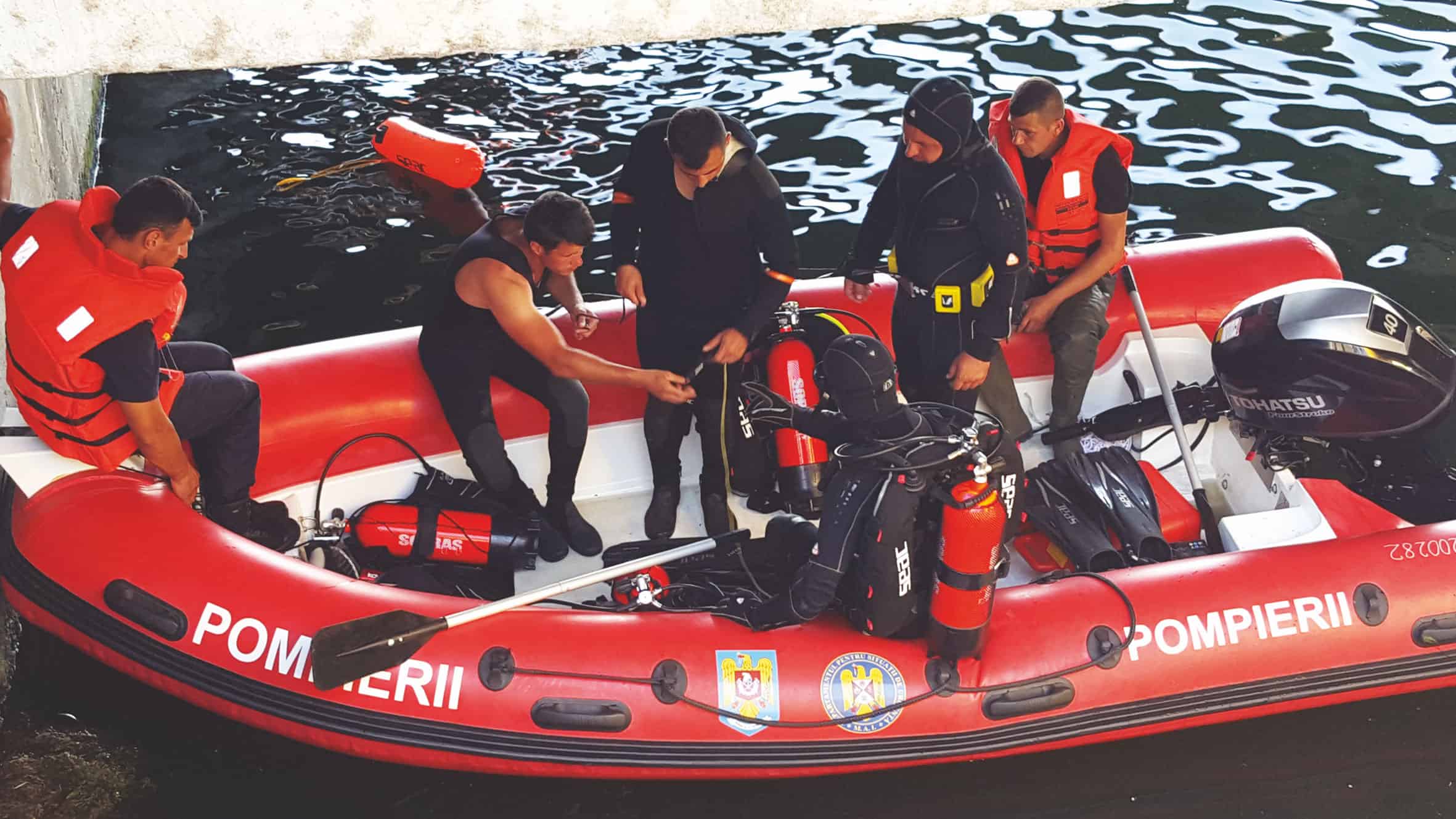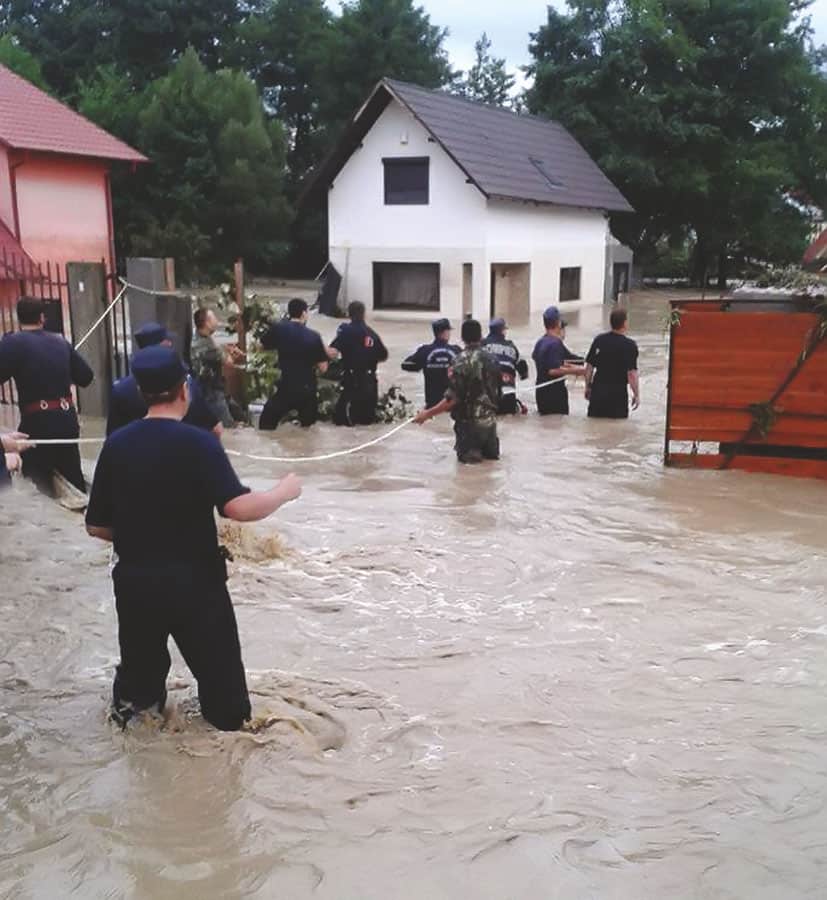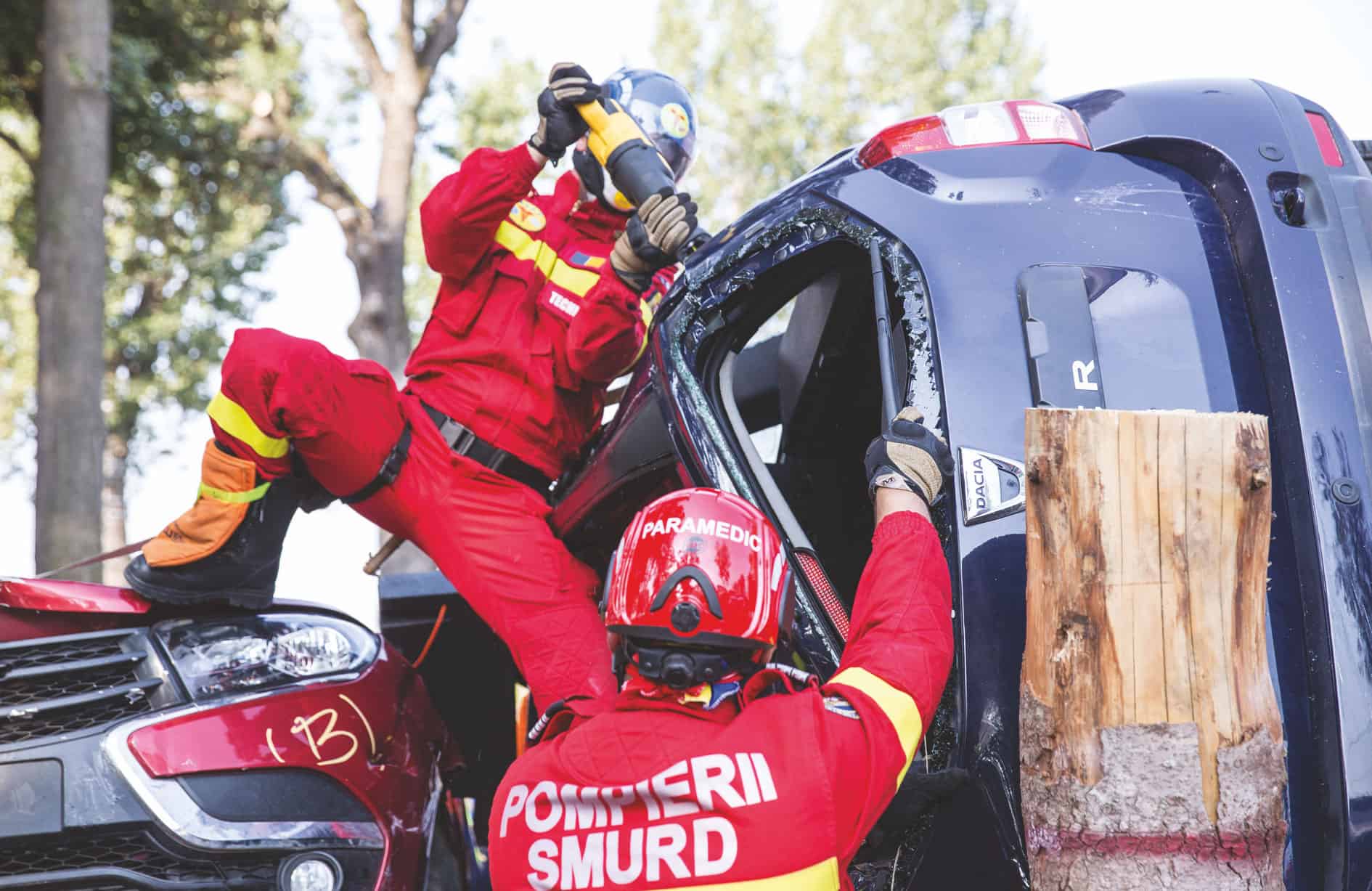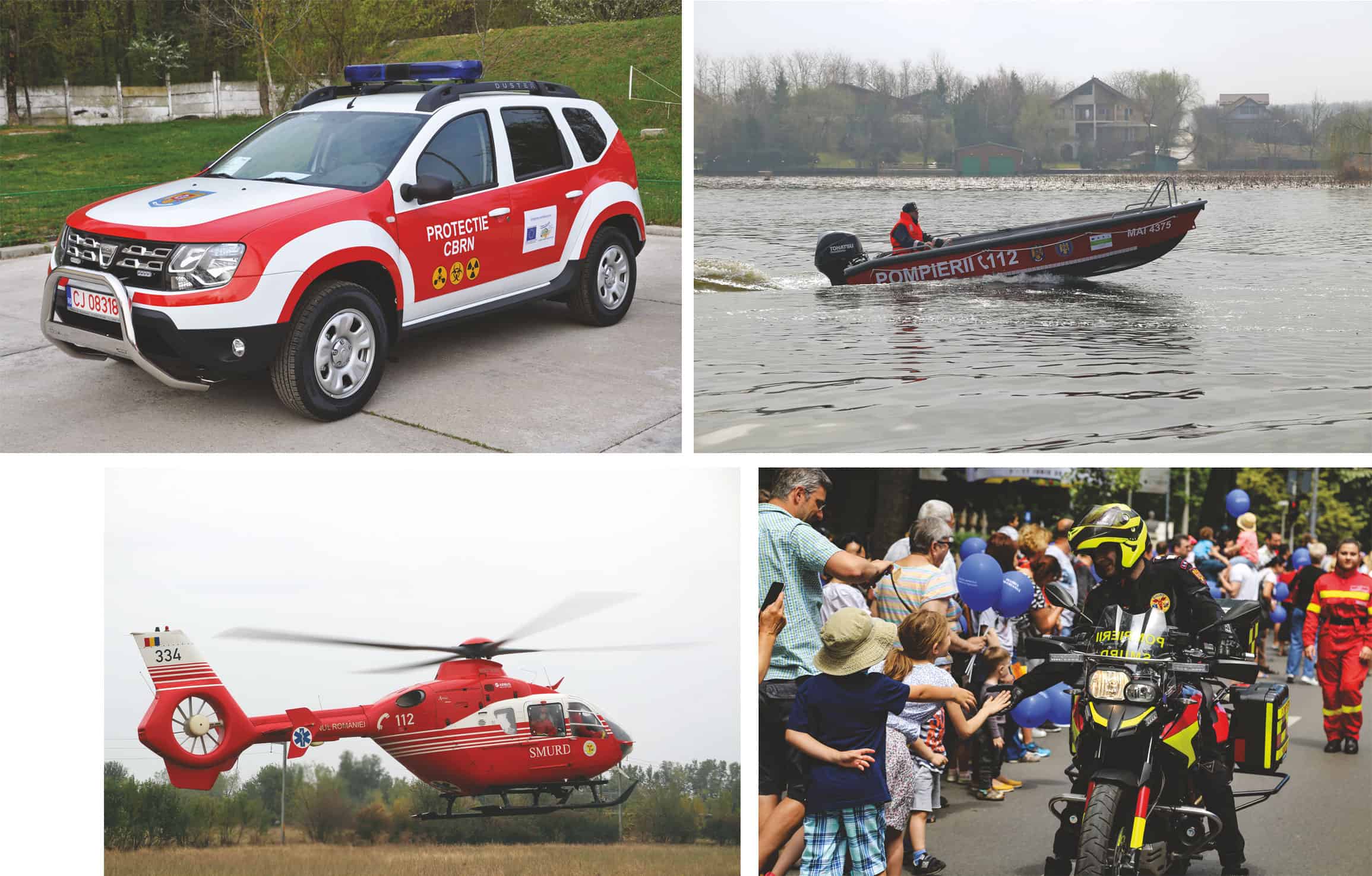Since ancient times, communities have organized groups of people able to intervene to protect people and their assets in the fight against fire and natural calamities.
About the first measures defining civil protection, we learn from the book of Neagoe Basarab (Prince of Wallachia between 1512-1521), “The teachings of Neagoe Basarab to his son Theodosius”, in which he advises him that in the event of war, the civilian population (women, children, sick, elderly) “be taken back to areas where fighting is about to take place, areas inaccessible to invaders.”
Since its establishment to date, regardless of its membership of the different structures or names it has had, civil protection has remained a basic component of the national security system designed to prevent and reduce the risks of disasters, the protection of the population, goods and the environment against the negative effects of armed conflicts and the operative removal of their consequences
Then
The General Inspectorate for Emergency Situations, subordinated to the Ministry of Internal Affairs and in coordination with the Department for Emergency Situations, has military status, participates in the functions of strategy, regulation, control, administration and representation of the ministry at national and international level, issues methodologies , rules, regulations and procedures, coordinates the specialized control of community public services for emergency, professional and voluntary situations.
It should be noted that by 2004 the firefighting and civil protection missions were carried out by the General Inspectorate of the Military Fire Corps, respectively by the Civil Protection Command. On 15 December 2004, the merger between the two structures took place, resulting in the General Inspectorate for Emergency Situations, with county inspectorates and implicitly the Emergency Situation Inspectorate “Dealu Spirii” Bucharest – Ilfov.

